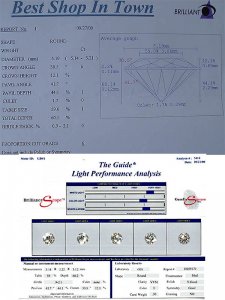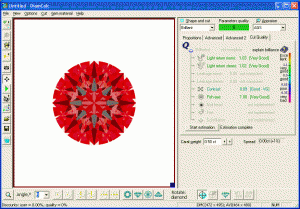After spending a little time on the GemEx Web site and veiwing the stones they have measured. I left the sight with this unexplainable suspicion. It seems to me that some of the proportions I veiwed should not have recieved the V. High rating as illustrated. Check it out and let me know your thoughts and concerns if any!
http://www.gemex.com/htmdocs/consumer/gemex_network_guest.php
Brad
http://www.gemex.com/htmdocs/consumer/gemex_network_guest.php
Brad












300x240.png)